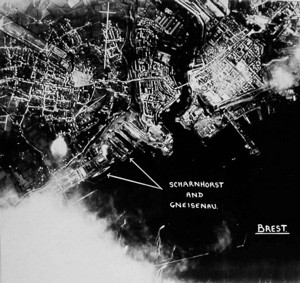There are many satellite communications conferences and exhibitions which take place every year all over the globe – it’s an international business after all. For some reason September would appear to be the busiest month, perhaps because it’s “back to work” following the northern hemisphere’s summer vacation period.
Whatever the reason, September is a busy month. In a sequence of posts of which this is the first I’ll highlight some of the main events taking place in locations as diverse as London, Amsterdam, Seoul Korea, Maceio Brazil, The Gold Coast, Australia and more. So here’s the first, VSAT 2015 in London, England:
VSAT 2015 is the annual meeting place for the major decision makers from across the industry to focus on key issues, discuss the latest industry developments and identify opportunities across the globe.
Whether you want to catch up with your industry peers, meet potential and existing business partners or learn about the industry and market developments
VSAT 2015 is the premier industry event for you, Featuring Keynotes from
• Andy Lucas, CTO, Harris CapRock
• Morten Hansen, CTO, RigNet
• Aditya Chatterjee, CTO, Global Eagle Entertainment
• Francois Rodriguez, CSO / CMO, SITA OnAir
• Alain Bertrand, CTO, Airbus Defence & Space
There are new keynotes, one-on-one meetings and to cap it off an end-user summit.
Download the conference programme now
For those who are not aware VSAT is the acronym for Very Small Aperture Terminals, be they land, air or maritime-based. There are well over 500,000 in operation today.
VSAT 2015 is the 17th such annual event in the series and will be held in the centre of London, England between 16th and 18th September 2015.
A personal perspective:
I’d like to take this opportunity to highlight the prime partner of VSAT 2015, Comsys.
 The founder, Jeremy Rose, established his company in 1982. He (and his partner then, Simon Bull) and I go right back to those very early days. My company (Communication Systems Research Ltd) developed one of the very first VSAT systems called Pandata™ back in the 1980s. Jeremy’s team and mine fought the tide of the then-entrenched telecoms administrations who saw VSATs as a threat to their established business models.
The founder, Jeremy Rose, established his company in 1982. He (and his partner then, Simon Bull) and I go right back to those very early days. My company (Communication Systems Research Ltd) developed one of the very first VSAT systems called Pandata™ back in the 1980s. Jeremy’s team and mine fought the tide of the then-entrenched telecoms administrations who saw VSATs as a threat to their established business models.
How that tide has turned over the years! And much of that is due to the work and tenacity of Jeremy and Comsys. Jeremy, you’re a credit to the VSAT industry.











